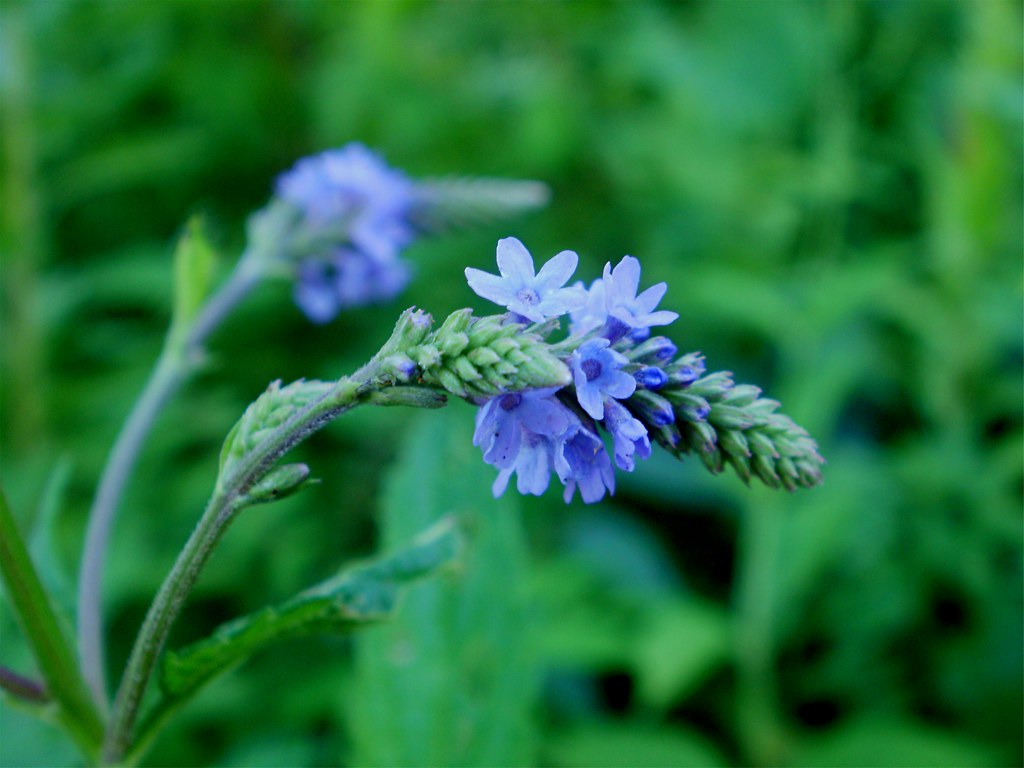August 30.
I can be said to note the flower's fall only when I see in it the symbol of my own change. When I experience this, then the flower appears to me.
I perceive in the Norway cinquefoil (Potentilla Norvegica), now nearly out of blossom, that the alternate five leaves of the calyx are closing over the seeds to protect them.
This evidence of forethought, this simple reflection in a double sense of the term, in this flower, is affecting to me, as if it said to me:
"Even I am doing my appointed work in this world faithfully. Not even do I however obscurely I may grow among the other loftier and more famous plants, shirk my work, humble weed as I am . Not even when I have blossomed, and have lost my painted petals and am preparing to die down to my root, do I forget to fall with my arms around my babe, faithful to the last, that the infant may be found preserved in the arms of the frozen mother."
That thus all the Norway cinquefoils in the world had curled back their calyx leaves, their warm cloaks, when now their flowering season was past, over their progeny, from the time they were created! There is one door closed, of the closing year.
Nature ordered this bending back of the calyx leaves, and every year since this plant was created her order has been faithfully obeyed, and this plant acts not an obscure but essential, part in the revolution of the seasons.
I am not ashamed to be contemporary with the Norway cinquefoil . May I perform my part as well!
There is so much done toward closing up the year's accounts. It is as good as if I saw the great globe go round. It is as if I saw the Janus doors of the year closing. The fall of each humblest flower marks the annual period of some phase of human life, experience. I can be said to note the flower's fall only when I see in it the symbol of my own change. When I experience this, then the flower appears to me.
H. D. Thoreau, Journal, August 30, 1851
The fall of each humblest flower marks the annual period of some phase of human life, experience. I can be said to note the flower's fall only when I see in it the symbol of my own change. When I experience this, then the flower appears to me. See June 25, 1852.(" There is a flower for every mood of the mind."); May 23, 1853 . ("Every new flower that opens, no doubt, expresses a new mood of the human mind. "); August 7, 1853. (" [The poet] sees a flower or other object, and it is beautiful or affecting to him because it is a symbol of his thought");August 26, 1858 ("Each humblest plant, or weed, as we call it, stands there to express some thought or mood of ours. ")
The alternate five leaves of the calyx are closing over the seeds to protect them. See December 31, 1859 ("Potentilla Norvegica appears to have some sound seed in its closed heads.") See also A Book of the Seasons, by Henry Thoreau, Cinquefoil in Autumn
Each humblest flower
marks some phase of human life
as the globe goes round.
When the flower’s fall
is symbol of my own change
the flower appears.









